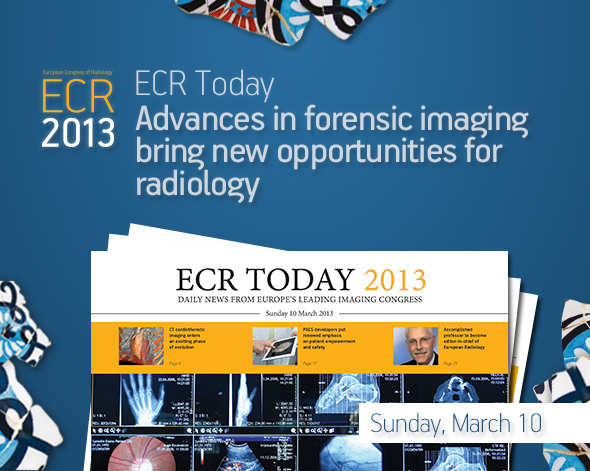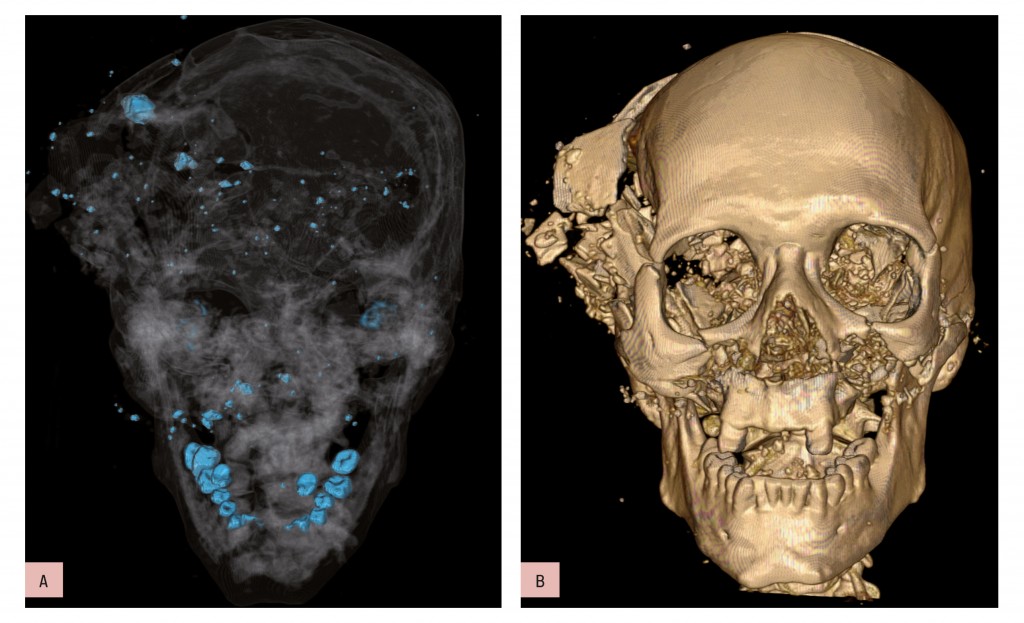Advances in forensic imaging bring new opportunities for radiology
Watch this session on ECR Live: Sunday, March 10, 14:00–15:30, Room Z
The ability to spot pathological imaging findings among normal post-mortem signs of degeneration may not be a universal skill among radiologists, but it could prove to be a useful, if not essential one. As the reliability of modern forensic imaging rapidly improves, forensic pathologists are increasingly seeking the help of radiologists to examine bodies non-invasively, so they should be prepared to answer that call, according to experts who will speak in a Special Focus Session on ‘Advances in forensic imaging’ today. The development of techniques such as spiral volumetric CT and, more recently, MRI, have dramatically improved the ability of radiologists to determine causes of death and detect other crucial post-mortem signs, providing an invaluable service that can supplement, and in some cases replace, traditional autopsy.

